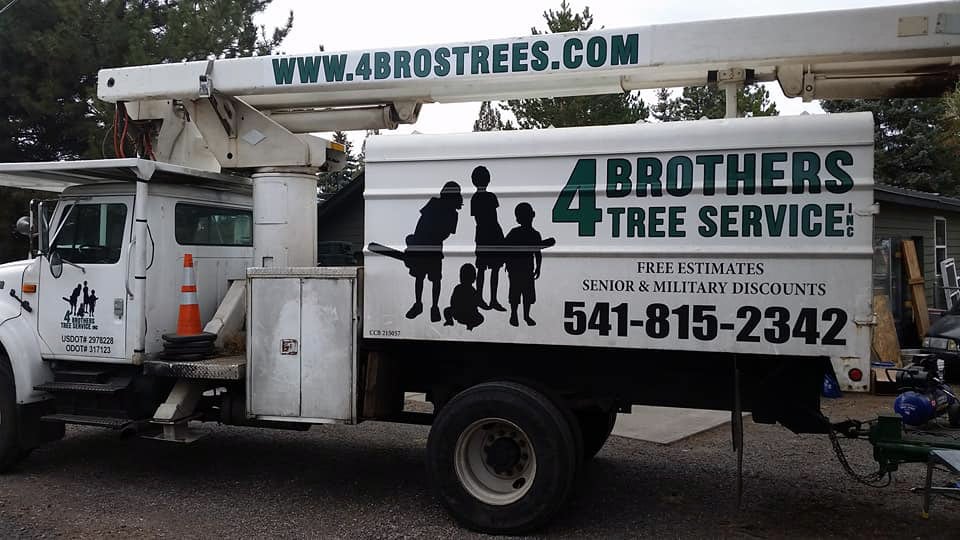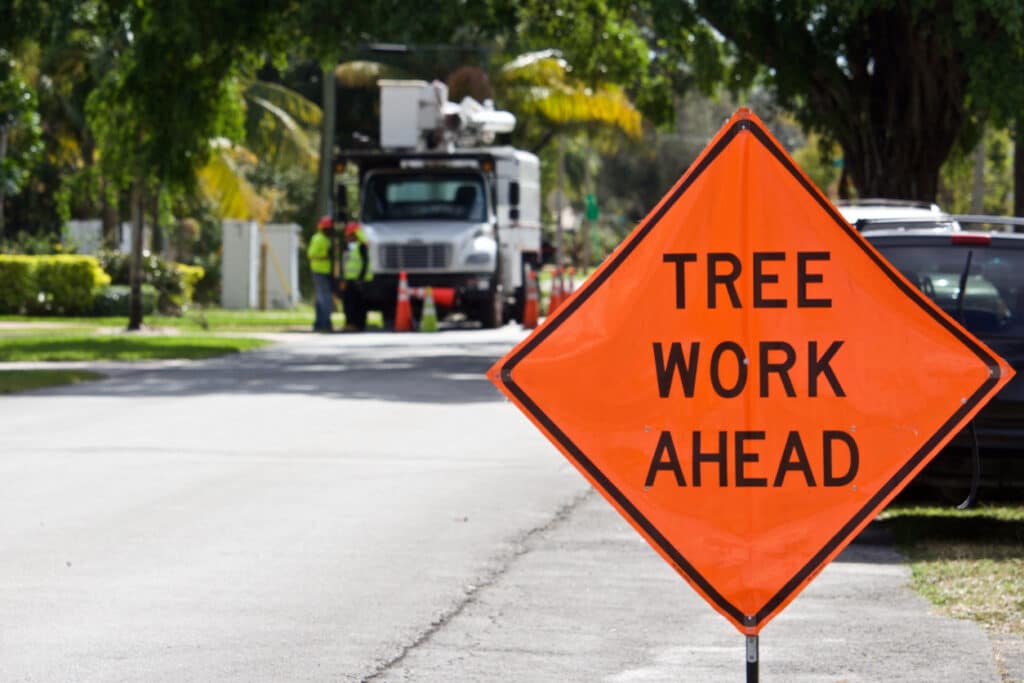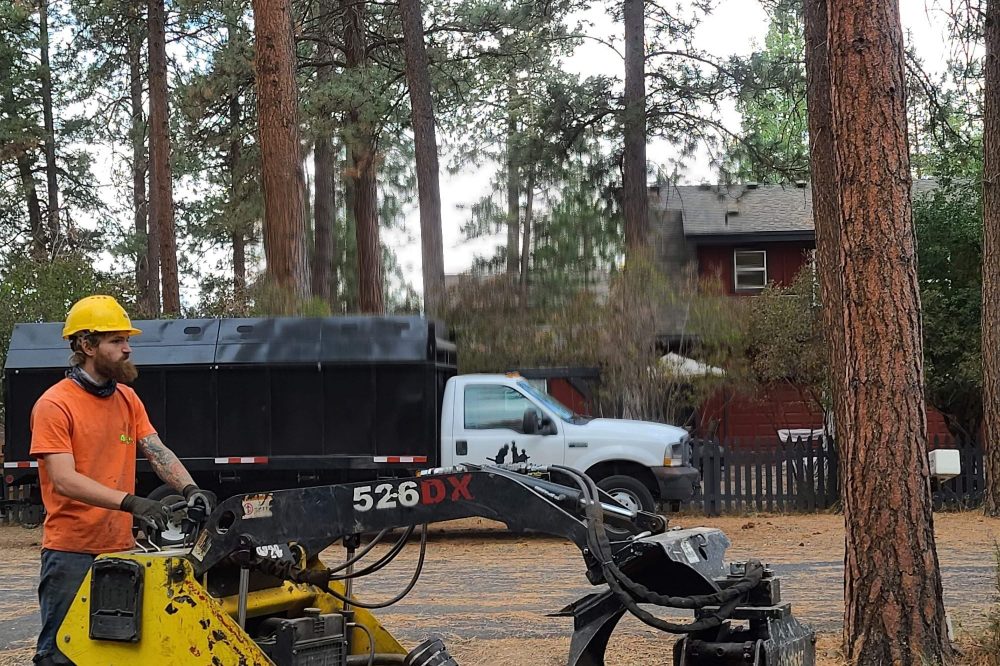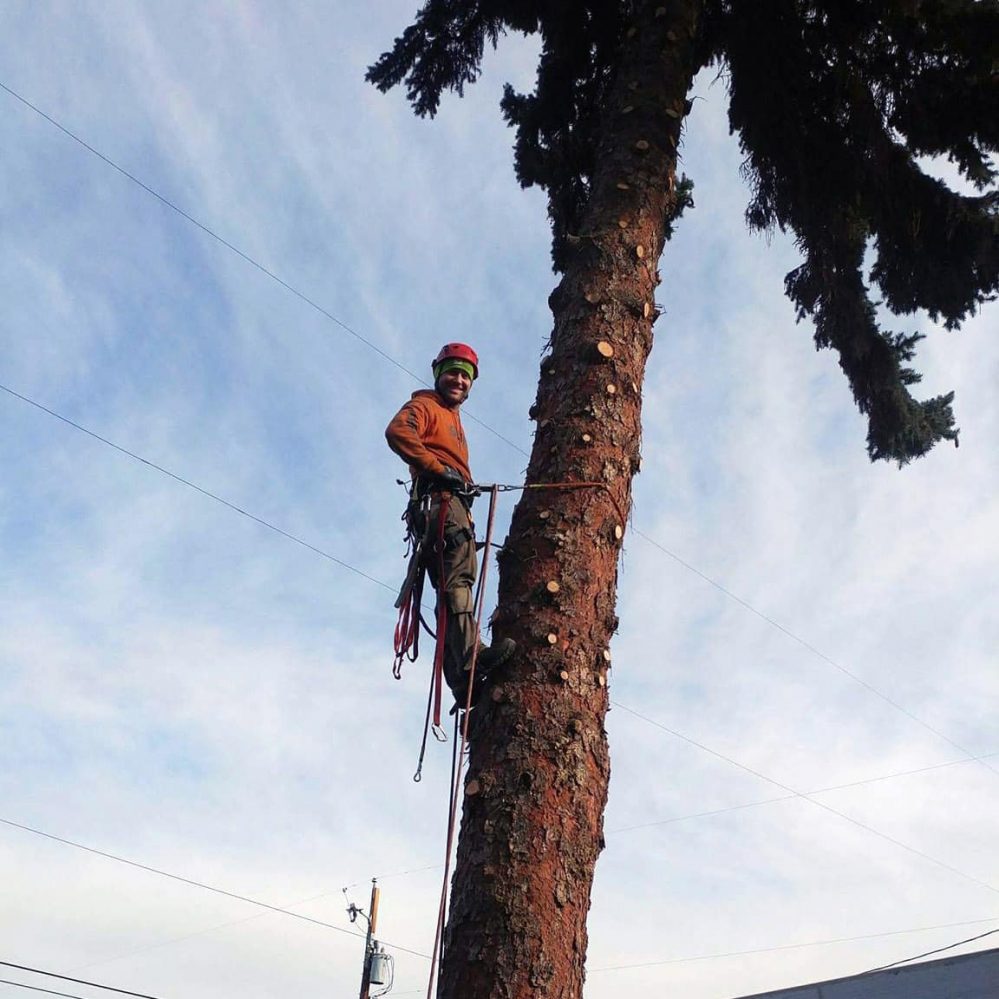Trees are a beautiful addition to our landscapes and provide environmental benefits. However, they can threaten our homes and safety if not properly maintained. Tree-related emergencies can result in property damage, personal injuries, and even loss of life. To prevent such incidents, homeowners can take preventative steps to help guarantee their trees’ health and stability.
Regular Tree Inspections
Hire certified arborists to inspect your trees thoroughly at least once a year. Regular tree inspections are crucial for identifying potential risks and ensuring the overall health of your trees. An arborist can assess the structural integrity of the trees, identify signs of decay or disease, and recommend appropriate actions. Early detection of issues can help prevent tree failures and mitigate potential emergencies.
Pruning and Trimming
Pruning and trimming are essential maintenance practices that reduce the risk of falling branches and promote tree health. Regularly remove dead branches to prevent them from falling unexpectedly. Trim branches too close to your house, power lines, or other structures. Proper pruning techniques, such as crown raising or thinning, can improve tree structure and reduce wind resistance, making trees less likely to topple during storms.
Tree Support Systems
Installing tree support systems can help prevent emergencies for trees with weak or compromised structures. Cables and braces can support weak branches or multiple trunks, reducing the risk of failure. However, it is crucial to consult with an arborist who can determine the appropriate type and placement of support systems for your trees.
Soil Management
Healthy tree roots require a well-drained soil that provides adequate nutrients and oxygen. To promote healthy root growth, homeowners should take care of their soil. Avoid excessive compaction around the base of trees as compacted soil can hinder root development. Mulching around the base of trees helps retain moisture and regulate soil temperature. However, not piling mulch against the trunk is important as it can promote disease and insect infestations.
Watering and Fertilizing
Proper watering and fertilizing practices are vital for maintaining tree health and preventing emergencies. Water your trees to encourage deep root growth. Avoid overwatering as it can lead to shallow root systems and make trees more susceptible to wind damage. Consult with an arborist or local extension service to determine the specific watering needs of the tree species in your area. Fertilize trees according to their requirements to ensure they receive adequate nutrients for optimal growth and strength.
Storm Preparedness
Storms can be a significant threat to the stability of trees. Homeowners should take proactive measures to prepare their trees for severe weather conditions. Inspect your trees before storm season, looking for signs of weakness or damage. Remove dead or weak branches that strong winds could break. Consider pruning back branches that overhang your house or utility lines. If a storm is approaching, secure any outdoor furniture or structures that could become projectiles in high winds.
Preventing tree-related emergencies requires proactive measures and regular maintenance. Storm preparedness is crucial to minimize potential damage during severe weather events. Homeowners can protect their homes and property from tree-related emergencies by following these proactive measures. If you’re a Redmond, OR, resident, consult with 4 Brothers Tree Service for professional emergency tree services.








